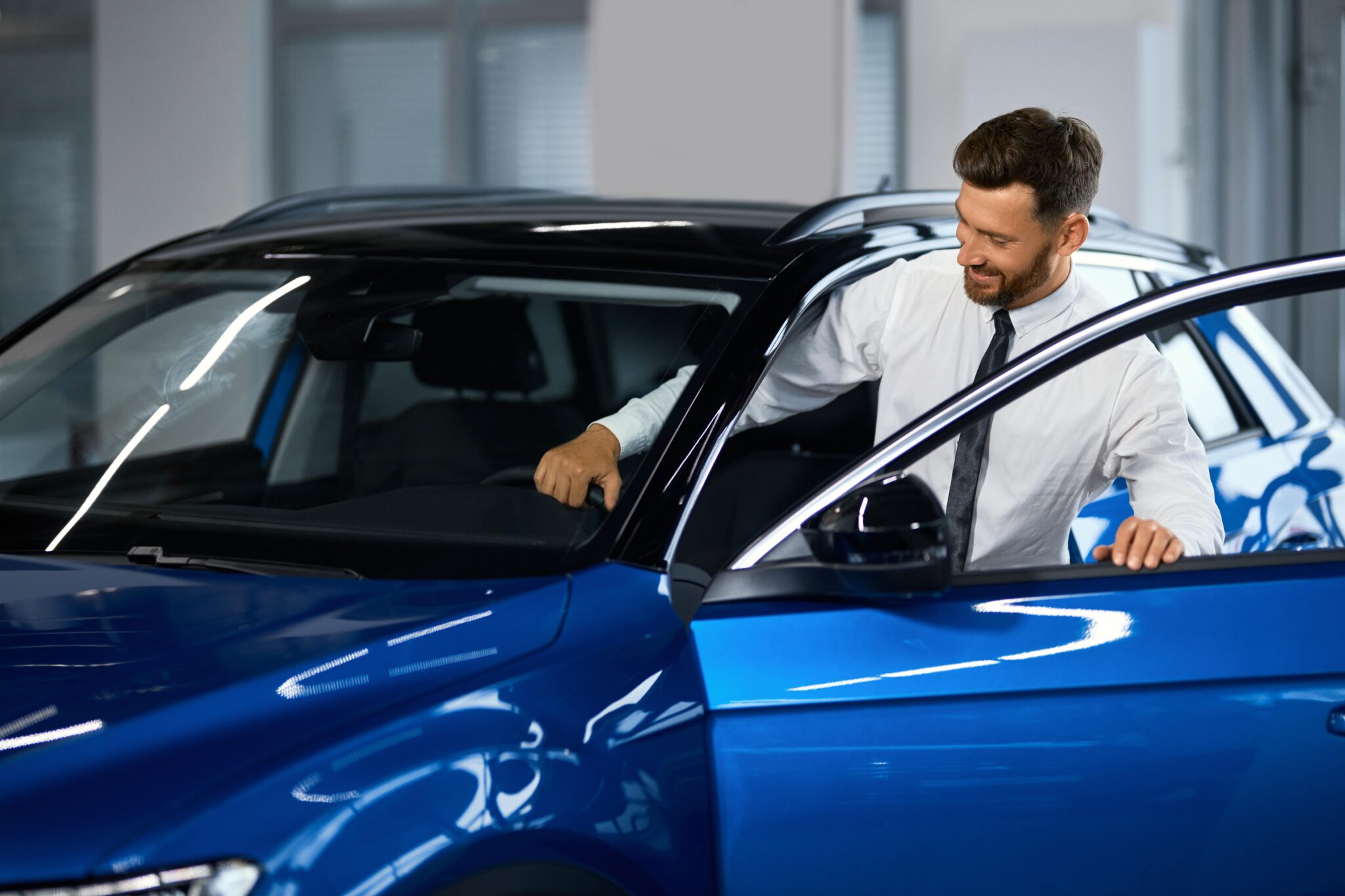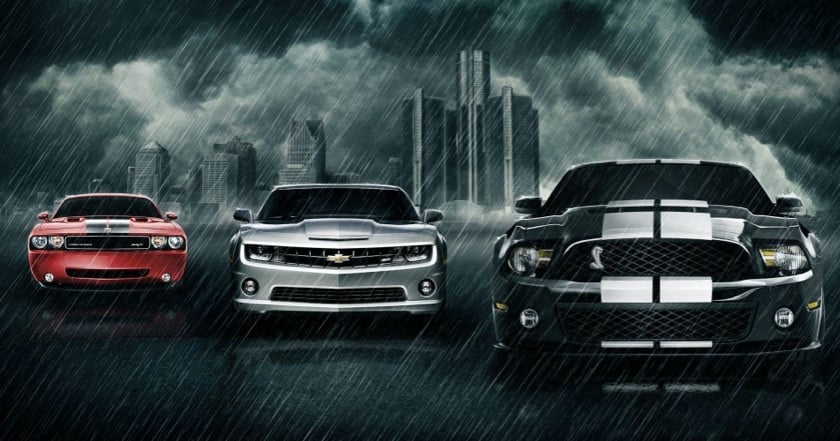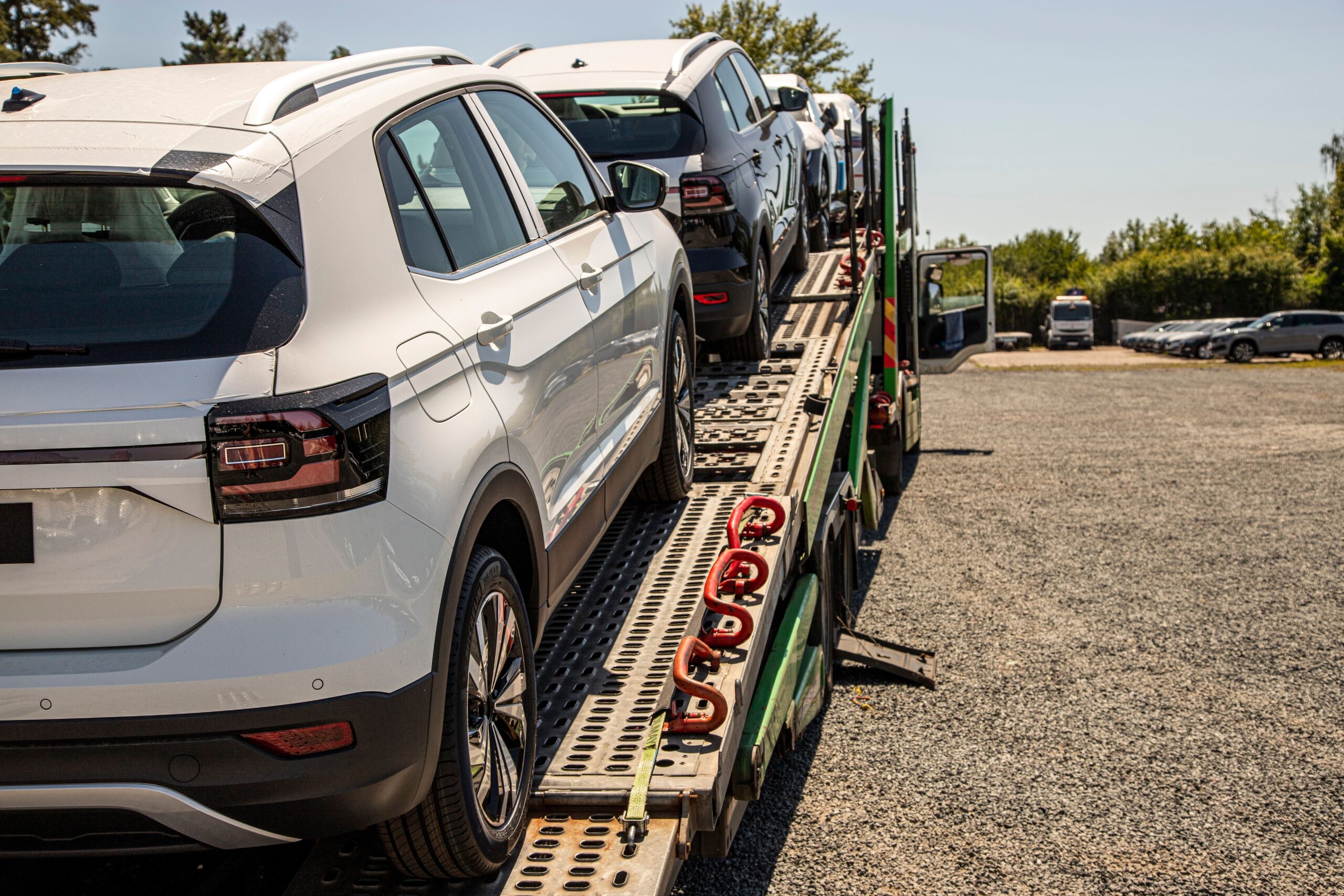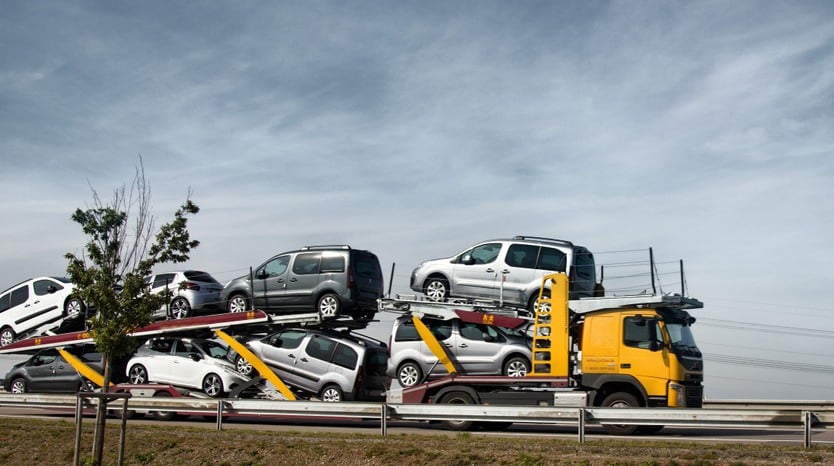Despite the car initially being built in 1885 in Germany, American manufacturers completely dominated the automotive industry of the mid-twentieth century. Applaud be to Henry Ford, who established the first conveyor assembly line for his Model T on December 1, 1913. This creation reduced the production time of one vehicle from 12 hours to an hour and 33 minutes, making it a lot cheaper. Ford’s goal was to make automobiles accessible to everyone, and he achieved it. Nowadays, around 91% of American households own at least one car.
Suburbanization
Before vehicles became widely available, people who lived in the city worked in the city, while most of those who settled in the country were farmers. Now that it was possible to travel vast distances in a short amount of time, the thought of dwelling away from the bustling downtown while still being able to work there looked tempting. After World War II, many soldiers received an opportunity to live on their property in a single-family home, resulting in a baby boom and a surge in demand for tract houses. Seventy-seven million children had been born by the end of 1964. At that time, the suburbs were booming, with over a third of the population residing there.
The American Road Trip
Cars turned into a symbol of personal freedom and independence, allowing us to travel throughout the nation at will. For many families, the famous American road trip is a ritual. The destination itself, often overlooked, holds little value, as that feeling of liberty and the ability to travel to any desired location in the country alongside your family and friends is what brings immense joy. The complex infrastructure designed around your car makes this activity even better.
New Business Categories
Many new businesses started along with the development of automobiles. Getting hungry in the middle of the trip stopped being a problem. Just hit the local drive-in or drive-thru where carhops, sometimes on roller skates, will take care of the food orders, letting you stay inside the car. After everyone is full and satisfied, the desire to watch a good movie kicks in. So, our next destination is the drive-in theater. This gigantic outdoor screen with a parking area next to it was popular in the 1950s, romanticized by TV series such as Happy Days, American Graffiti, and Grease. Once again, there was no need to leave the vehicle unless you wanted to get some snacks from the concession stand. On the way home, let’s stop at a mall for some shopping. It is convenient to have many different stores gathered for us in one place. However, the distance from the downtown is reasonable. That is why we have cars; otherwise, such shopping centers wouldn’t exist.
Hot Rodding, Drag Racing, and NASCAR
Coming back home from a heartwarming, peaceful family trip, it feels like there is a need for something more out of your car. What if it could go faster? Solely add an enormous engine and get a fancy paint job, turning it into a hot rod. Hot rodding and drag racing are motorsports that gained popularity in the 1950s and remain relevant. Another is NASCAR, where racers compete on slightly tilted speedways using stock cars. It is, by the way, the second most spectated sport in the USA behind the NFL (National Football League).
We could write a book on the tremendous impact cars made on American culture and society. However, a piece of paper could never fully convey all the experiences, as every automobile becomes unique in our hands. At Tempus Logix, we offer auto transportation across the nation, no matter if it is a hot rod, a family van, or a tractor: so that your motor vehicle can always stay by your side.









